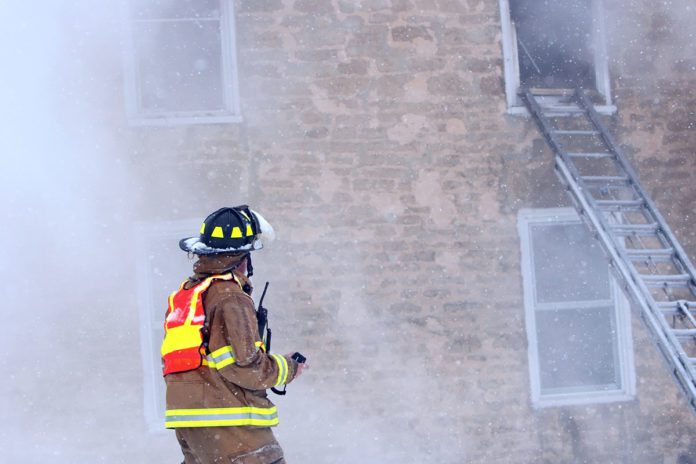Last month, we talked about how in-building communication is crucial to ensuring first responders are able to do their jobs ? save lives. So this month, we thought we?d take a deeper dive into some of the trends driving public safety in-building communications, which includes cellular. Let?s take a look:
Trend: Cellular Wireless is Now Critical to Public Safety
Public safety responders? growing use of smartphones and similarly connected devices highlights the need for reliable connectivity, allowing first responders to send and receive crucial data during emergencies. After all, just as many of us now rely on our mobile devices to get our jobs done, as do first responders. While a firefighter might not need a smartphone in the middle of a fire, the command personnel working on-site to coordinate the plan of attack does.
Trend: Communication Failure is Not Uncommon
In a?recent survey?of first-responder organizations? in-building connectivity experience, more than 65 percent of respondents said they had experienced some sort of communication failure within the past 24 months inside a building or some other kind of structure while responding to an emergency. Many said they experienced a problem within the last year.
Trend: Enforcement of Fire Codes Requiring Booster Systems is Limited
Passing fire codes and ordinances that mandate in-building communication for public safety is a step in the right direction, but it can take some time to get codes adopted and implemented. Of course, budgeting is always a consideration in how quickly a system is implemented.
Often, building owners and developers are the ones who invest in funding for in-building wireless systems as they plan and construct new buildings or renovate older ones, and as codes are put in place, developers will be mandated to abide by them. This includes deploying the necessary systems that ensure both reliable indoor cellular connectivity and public safety technologies for first responders.
Finding a Solution
What can we do? A wireless communication system that can enhance and extend the frequency bands that are most commonly used by public safety providers is necessary. That includes frequencies in the 400MHz, 700MHz and 800MHz bands, as well as lower-band VHF and other tactical frequencies.
The best solution will also provide for multi-carrier cellular coverage, improving coverage for occupants as well as first responders. And with the deployment of the?Nationwide Public Safety Broadband Network?(NPSBN) by FirstNet (which uses cellular technology), reliance on cellular coverage for in-building public safety will dramatically increase. While the FCC allocated LTE spectrum in the 700 band specifically for?FirstNet, AT&T (who was selected to deploy and operate FirstNet) announced they will initially use all of their cellular bands to provide the service.
The best solutions, like our?Public Safety DAS, will ensure that building owners will have a flexible, cost-effective, and a future-proof solution that provides the connectivity necessary to support both first responders and building occupants.
Boosting Safety ? and Connectivity
First responders will continue to rely on wireless mobile devices while performing their duties, whether it?s entering a building that?s on fire or responding to a call for law enforcement. That means the time to beef up public safety in-building wireless connectivity is now.
Check out the complete?Zinwave Public Safety Report?for more details, as well as a deeper dive into why building owners should leverage a flexible, cost-effective and future-proof solution to provide both first responders and building occupants with the wireless connectivity they need.

